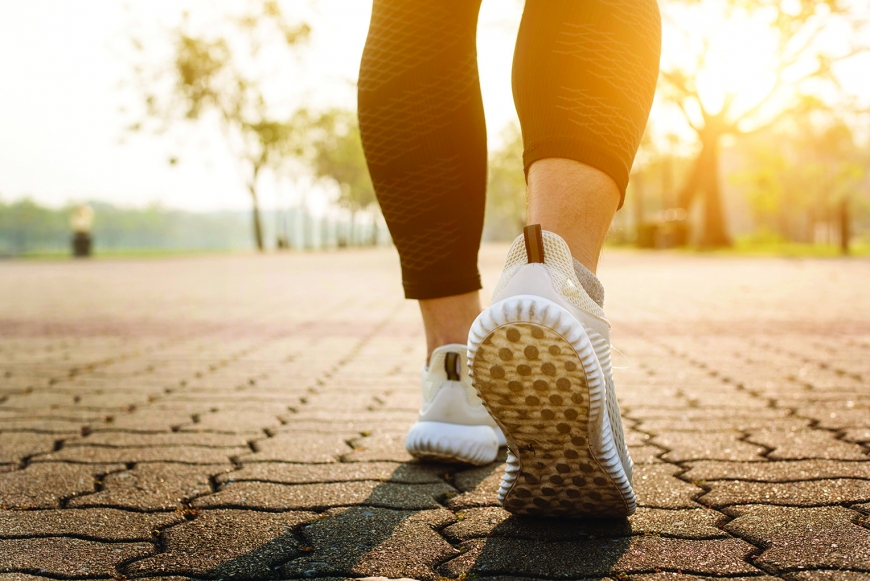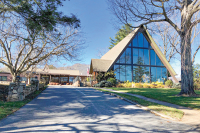5 Ways to Burn More Fat While Running

With spring in the air, we’re dusting off those running shoes and hitting the pavement. If your goals as a runner include losing weight, burning fat and toning your body, you may become discouraged quickly. Research states that when individuals begin running, they can drop a significant amount of weight within the first six to eight weeks, but after that, the body needs help melting the fat away and firming up. Below are five ways to continue burning fat once running becomes part of your life for the long haul.
1). Interval Running: As with interval training, interval running burns more calories in a shorter period of time. Interval running involves alternating between short bursts of intense running with periods of recovery or light running. For instance, you may run hills or sprint (run hard enough to get out of breath but not to the point of exhaustion) for two minutes, and then jog lightly for three minutes. Interval training increases the body’s ability to oxidize fatty acids. This type of running revs up the metabolism for 24-48 hours after your run.
2). Pre-Run Sculpting: Many people mistakenly do their cardio first then weight train, but the experts suggest doing the opposite. Performing a quick weight-training workout before running increases the amount of fat you melt. According to a study conducted at the University of Tokyo, exercisers who biked within 20 minutes of lifting weights tapped more fat stores than subjects who rested or didn’t weight train at all. Before planning your weekly runs, keep in mind the “firm-then-burn” approach.
3). Move that Rear: It is a fact that the more muscle you build, the more calories you burn each day. People, especially women, are often more focused on toning their arms and abs than toning their rears. While any muscle tone helps burn calories and leads to a healthier body, be sure not to leave out the larger muscles. The gluteus maximus is the largest muscle in the human body, so toning this muscle will ensure significant caloric burn. Squats, lunges and bridge exercises are all great for toning the backside. Further, a strong buttocks leads to increased speed and strength. A solid booty also helps with shock absorption, thus protecting our knees. Strengthening those glutes is well worth the work.
4). Run Longer: Studies have shown that the longer a subject exercised, the longer it took their metabolic rate to return to pre-exercise levels. Even going on one long run once a week can be beneficial in increasing your metabolism and burning fat. Exercise “after-burn” doubles when individuals increase workout time from 30 minutes to 45 minutes. After 60 minutes? The rate increases by five. Find a beautiful trail, enjoy the scenery as you run, and burn fat in the meantime.
5). Don’t Let Food Take Control: Yes, if you begin interval training, running longer and weight lifting, your metabolism will increase and your body will burn more fat. Don’t sabotage all of your hard work by consuming so many calories that you counteract your exercise. You may feel hungrier, but choose your foods wisely. Some simple tips are 1). Eat real/whole foods such as fruits, vegetables, lean proteins and nuts. 2). Eat small meals throughout the day instead of three large meals. 3). Eat protein every day before 10 a.m.; this will kick start your metabolism. Also, be sure not to drink calories. Is that soda or glass of sweet tea really worth it? Choose water or unsweetened beverages.
An additional piece of advice is to always push yourself to the limit. If your running regimen becomes easy and routine, then fat burn will stop. Shock and surprise your body with the types of training you do, the surfaces of trails, speed, elevation and length of your runs. Good luck and if no one else is doing it, praise yourself for all of your hard work! It will pay off.





